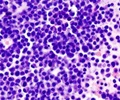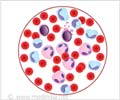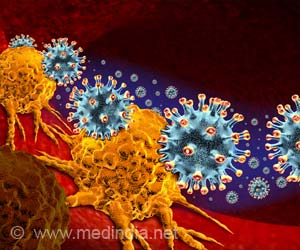A recently published study in the current issue of the European Journal of Cancer Care has shown that children and adults living near nuclear facilities show an elevated risk of leukemia.
A recently published study in the current issue of the European Journal of Cancer Care has shown that children and adults living near nuclear facilities show an elevated risk of leukemia.
As part of their study, researchers at the Medical University of South Carolina carried out a sophisticated meta-analysis of 17 research papers covering 136 nuclear sites in the US, Canada, the UK, France, Germany, Japan and Spain.Findings revealed that death rates for children up to the age of nine were elevated by between five and 24 per cent, depending on their proximity to nuclear facilities, and by two to 18 per cent in children and young people up to the age of 25.
Incidence rates were increased by 14 to 21 per cent in zero to nine year olds and seven to ten percent in zero to 25 year-olds, the study said.
“Childhood leukemia is a rare disease and nuclear sites are commonly found in rural areas, which means that sample sizes tend to be small. The advantage of carrying out a meta-analysis is that it enables us to draw together a number of studies that have employed common methods and draw wider conclusions,” said lead author Dr. Peter J Baker.
Eight separate analyses including unadjusted, random and fixed effect models also showed considerable consistency. However, dose-response studies, which describe how different levels of exposure affects an organism, did not show excess rates near nuclear facilities.
“Several difficulties arise when conducting dose-response studies in an epidemiological setting as they rely on a wide range of factors that are often hard to quantify. It is also possible that there are environmental issues involved that we don’t yet understand,” said Dr. Baker.
Advertisement
The research review looked at studies carried out between 1984 and 1999, focusing on research that provided statistics for individual sites on children and young people aged from zero to 25.
Advertisement
Source-ANI
SRM/M








